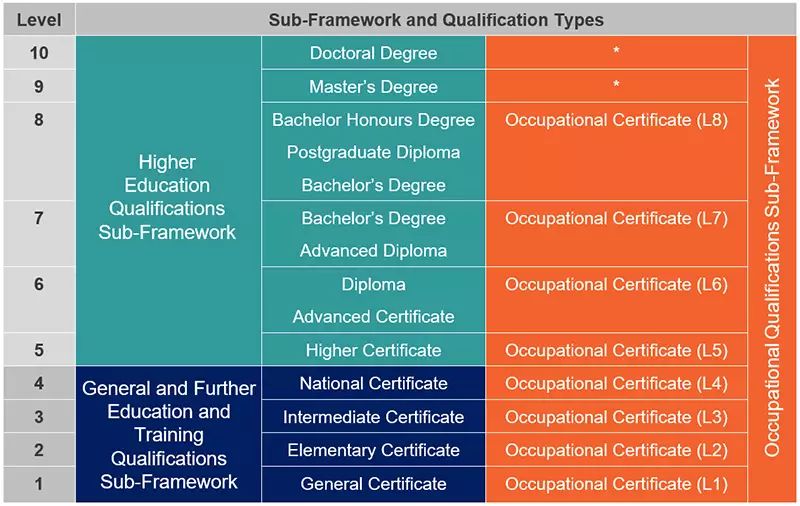In most cases, senior management and asset management specialists will use the words ‘maintenance management’ and ‘asset management’ in the same sentence to refer to the same topic. In actual fact, maintenance management is a subset of asset management.
Let’s first look at the definitions of maintenance and asset management as stated in the new ISO 55000 standard.
- Maintenance management – Combination of all technical, administrative and managerial actions during the life cycle of an item intended to retain it in, or restore it to, a state in which it can perform the required function.
- Asset management – The optimal life-cycle management of physical assets to achieve and sustain the stated business objectives.
More and more companies ask the question: What effort and time should I spend on my maintenance management programme and what results should be obtained by when? It’s the good old return on investment (ROI) question! I don’t know what the right number is, but I can at least point you in the right direction.
The diagram below depicts the life cycle of an asset. I want to draw your attention to stage six:
Stage six, Operation and Maintenance, can potentially contribute as much as 90% to the total life cycle cost. The greatest potential of reaping increased ROI is thus in this stage provided that activities in this stage are well managed and optimised. Other benefits include:
- increased uptime, due to reliability and maintainability
- improved reliability through better preventative maintenance and maintainability though better planning and scheduling
- lower risks due to asset care plan development and lower costs due to all aspects of maintenance management.
The ultimate benefit is a more efficient asset which leads to a profitable organisation.
Failure and risks
Before we talk about excellence in maintenance management, let’s look at some of the reasons why the efforts to implement and run maintenance management programmes fail. Maybe you can identify with the following:
- Lack of vision – not knowing how to break the negative spiral of reactive breakdown maintenance.
- Lack of commitment – failure to justify a big enough programme with dedicated resources to implement a maintenance management programme.
- Lack of procedures/methodology – redesigning the wheel and not using available knowledge and experience of best practices.
- Lack of support – DIY vs training and partnering with asset management specialist companies.
- Lack of consistency – stop-start syndrome, due to changing priorities in companies.
The risks that we run if we don’t implement a well-structured maintenance management programme are:
- poor production or service delivery
- need for additional standby equipment to maintain output
- high operational and maintenance costs (energy, spares, labour, overtime, waste)
- shorter life cycle and more frequent replacement of assets
- risk of accidents, which result in insurance claims and legal battles.
This is surely not where we want to be!
Excellence in maintenance management
What then is excellence in maintenance management?
The ultimate outcome is: to enable management to make decisions in support of improving availability, reliability and utilisation of assets.
The roadmap to excellence in maintenance management consists of the following steps:
- Establish a maintenance management steering committee which consists of senior management members with the responsibility to review all the elements of the maintenance management systems and procedures. Too often senior management do not get involved with maintenance management activities and therefore also do not understand the benefits that can come from an effective maintenance management programme. The committee also has the responsibility of making strategic decisions in support of the implementation effort.
- Set a maintenance management baseline. An assessment needs to be performed so that a baseline for maintenance management and the subsequent phases of improvement can be agreed upon. The following framework can be used, which is aligned with the PAS 55 standard.
- Define a maintenance management strategy, identifying what they want to improve in the maintenance management system, e.g. implement a CMMS, train artisans, move from reactive to proactive maintenance, establish a formal MRO store, improve plant availability, ensure legal compliance and plant safety, involve operators in maintenance, do structured problem solving to avoid repeat breakdowns, and introduce condition monitoring.
- Build an asset register. This is the first and most important building block of any maintenance management programme. This acts as the repository for all data and information associated with an asset during its life cycle. An organisation must have a detailed understanding of what assets they have, where they are, what the condition of the assets is and what the current value of each asset is.
- Develop a set of asset care plans per asset. This will enable the maintenance team to plan for resources needed to maintain an asset. These asset care plans must be based on RCM principles and on high operational and maintenance costs (energy, spares, labour, overtime, waste).
- Establish order and control in the MRO warehouse. This will ensure that all important tactical spare parts and material are available when needed.
- Implement a planning and scheduling system and process, by planning the various resources for required jobs and then scheduling when it will be done in support of the asset strategy.
- Provide reports and business intelligence. This will ensure that the maintenance manager can make accurate decisions in support of asset availability, reliability and utilisation.
Once these elements are in place and have been running for at least one year, the committee can start thinking of venturing onto the next step of the roadmap towards asset management.
The rest of the roadmap
- Zero unplanned Stops – Now that the maintenance management building blocks are in place, we can leverage them to reduce costs and downtime and increase uptime.
- Asset management for sustainability – ensure the long-term sustainability of assets at the optimum whole life costs (WLC).
